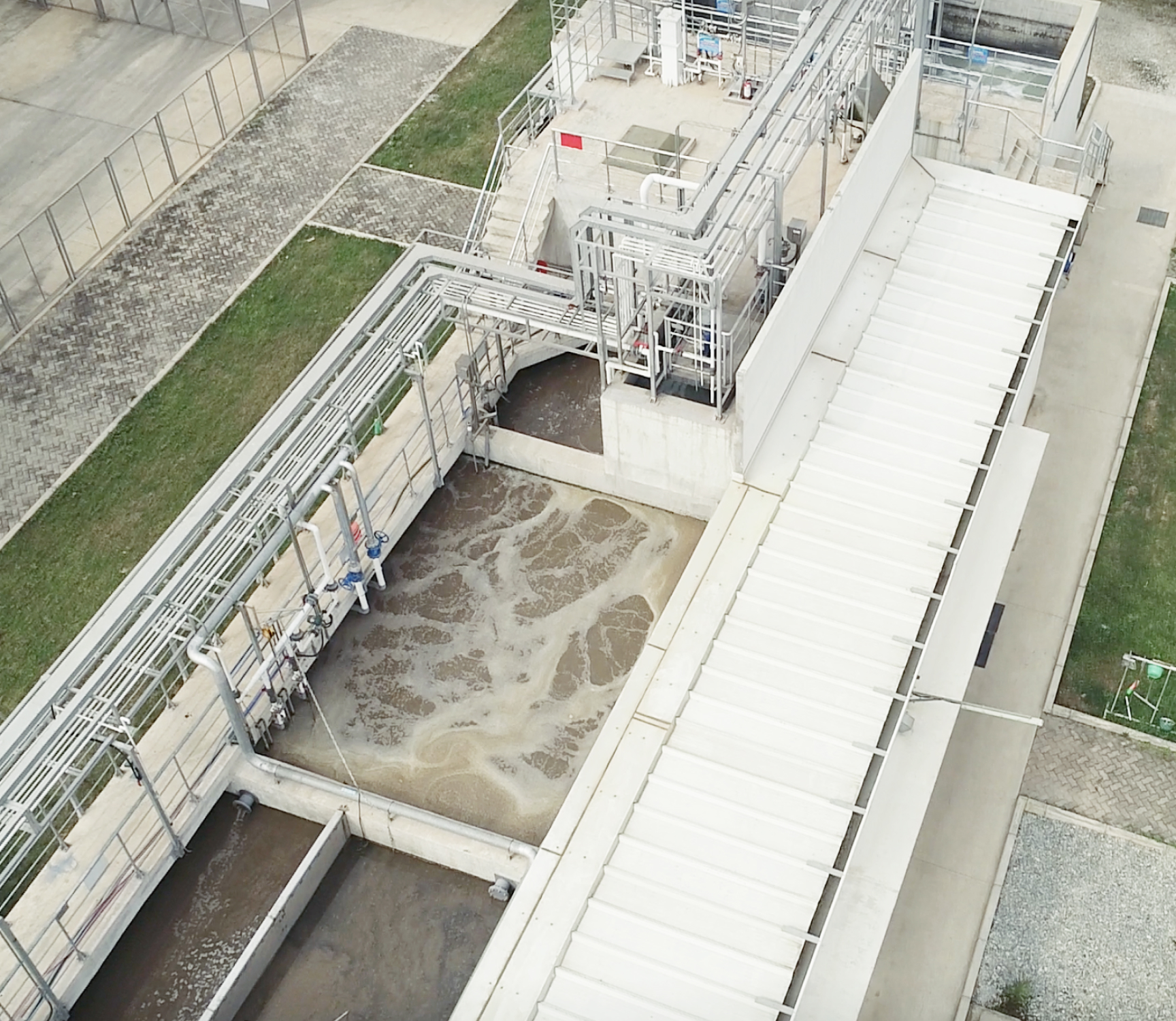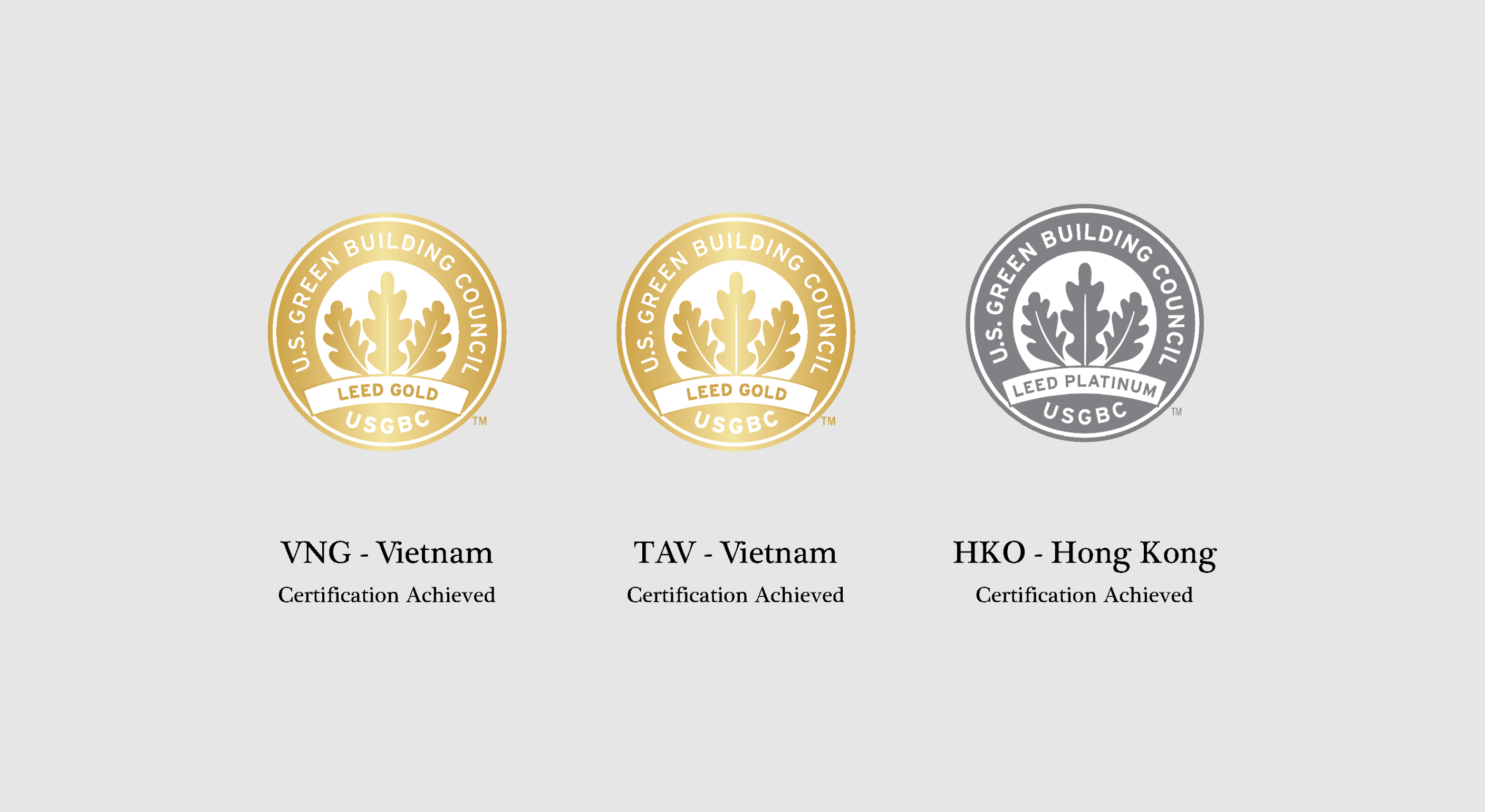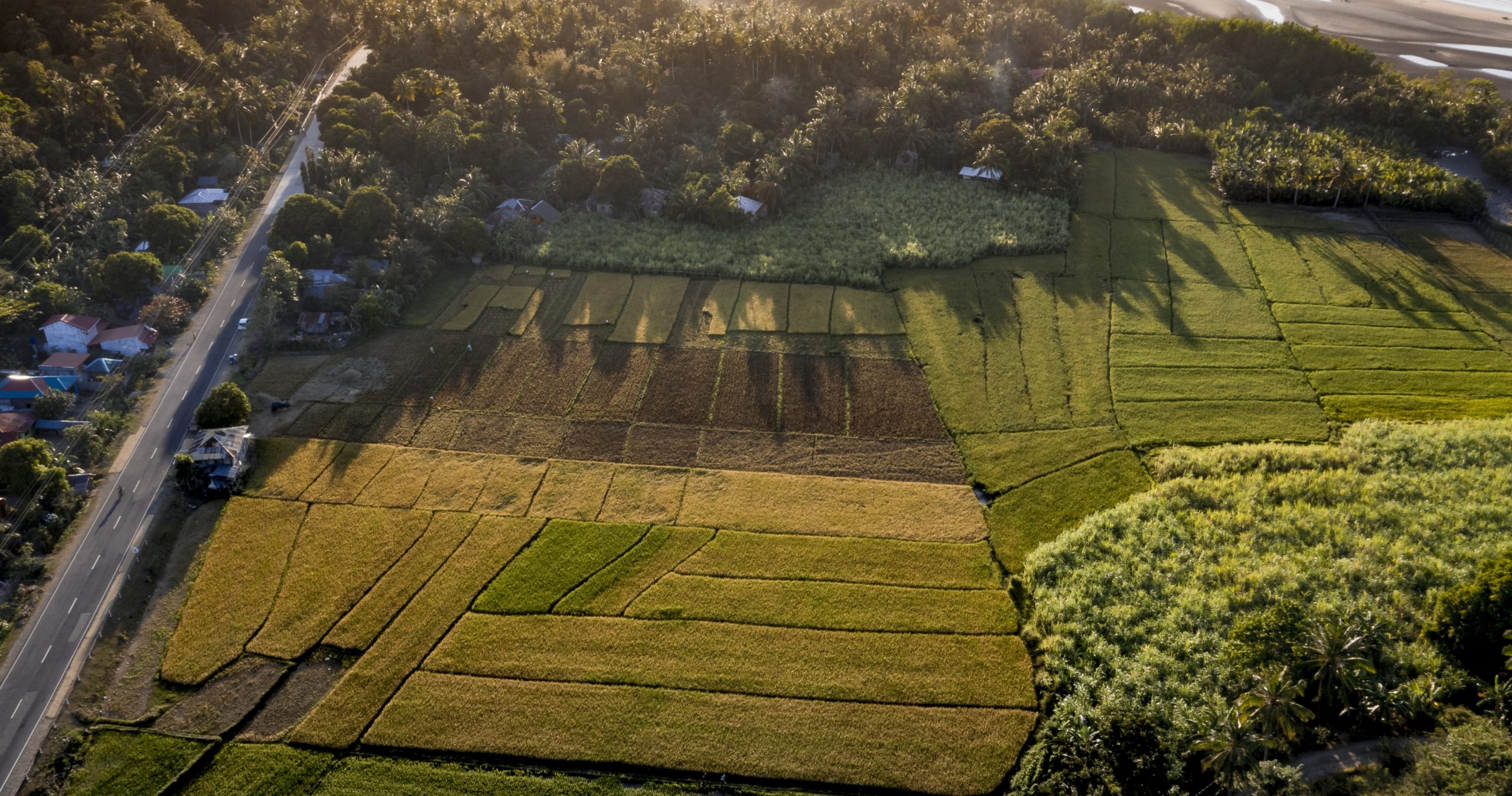TAL has adopted the Greenhouse Gas (GHG) Protocol for quantifying and reporting our GHG footprint. We measured our first operational GHG footprint in 2009 and have been on a path to reducing our GHG emissions ever since.
A decade later, TAL doubled down on our climate positive actions. In 2019, we became signatories to the Fashion Industry Charter for Climate Action, and in 2022 we committed to setting net-zero science-based targets through the Science Based Target initiative. By 2022, TAL had reduced its GHG Intensity by 33% from 2009. To achieve our science-based targets, our factories focus on energy efficiency improvements, equipment upgrades, switching to lower carbon fuels, and renewable energy. As part of our SBT commitment, we are also reducing our scope 3 emissions. We are working with our suppliers on lowering their scope 1 and 2 emissions that meet industry ambitions, supplier capabilities, and are technically feasible.
















